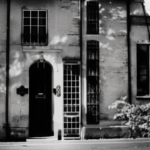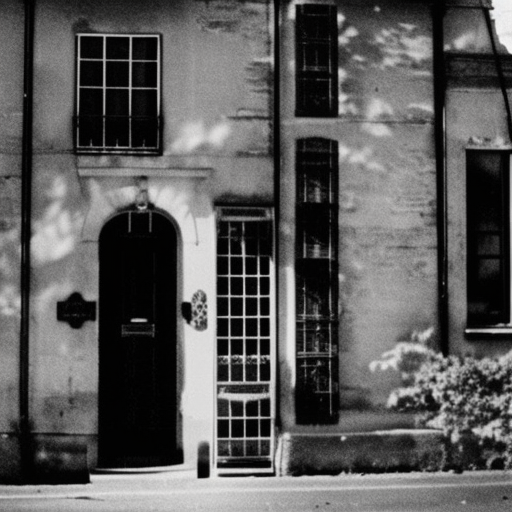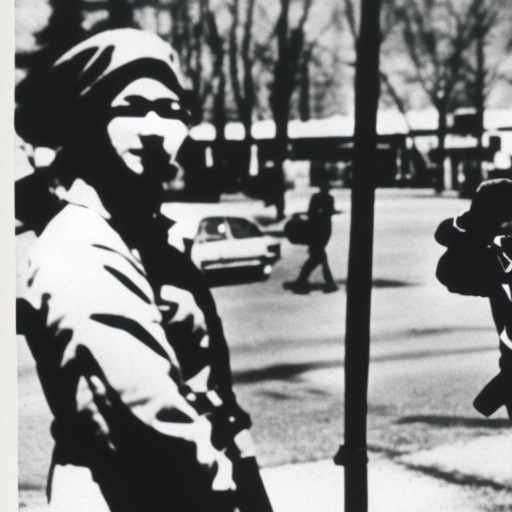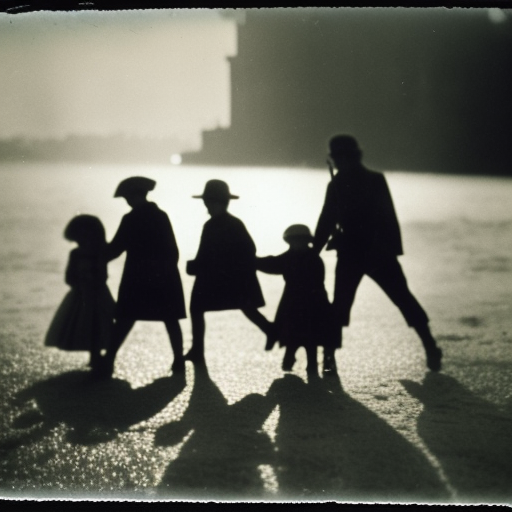The Capetian Dynasty: Consolidation of Power in France
The Capetian Dynasty was a ruling family that held power in France for over three centuries, from the 10th to the 14th century. They played a crucial role in the consolidation of power and the establishment of a strong monarchy in France. The dynasty began with Hugh Capet, who became the King of the Franks in 987.
1. Hugh Capet and the Consolidation of Power
Hugh Capet’s ascension to the throne marked the beginning of the Capetian Dynasty. At the time, the Carolingian Dynasty was in decline, and Hugh Capet seized the opportunity to establish his own authority. He managed to consolidate power by securing the support of the nobles and the Church. By doing so, he laid the foundation for a centralized monarchy in France.
2. Philip II Augustus and the Expansion of the Kingdom
One of the most influential Capetian kings was Philip II Augustus, who reigned from 1180 to 1223. He significantly expanded the territory of the French kingdom through a series of successful military campaigns. Philip II gained control over Normandy, Anjou, and other territories, effectively doubling the size of the kingdom. He also played a crucial role in the Third Crusade and strengthened the royal administration.
3. Louis IX and the Height of Capetian Power
Louis IX, also known as Saint Louis, ruled from 1226 to 1270 and is considered one of the most revered Capetian kings. He was known for his piety and justice, and his reign marked the height of Capetian power. Louis IX implemented numerous reforms, including the establishment of a fair judicial system and the promotion of education. He also led two unsuccessful crusades but managed to enhance the prestige of the French monarchy.
4. Philip IV and the Conflict with the Papacy
Philip IV, also known as Philip the Fair, ruled from 1285 to 1314 and faced a significant conflict with the papacy. He clashed with Pope Boniface VIII over the taxation of the clergy and the pope’s claim of supremacy over secular rulers. Philip IV even had Boniface VIII arrested, but the conflict continued with his successor, Pope Clement V. This conflict, known as the Avignon Papacy, strained the relationship between the French monarchy and the Catholic Church.
5. The Decline of the Capetian Dynasty
The Capetian Dynasty began to decline in the 14th century due to a series of factors. The Hundred Years’ War with England, which started in 1337, weakened the French monarchy and led to internal conflicts. Additionally, the Black Death, a devastating plague that struck Europe in the mid-14th century, further destabilized the kingdom. The Capetian Dynasty came to an end in 1328 with the death of Charles IV, as there were no direct male heirs to succeed him.
In conclusion, the Capetian Dynasty played a crucial role in the consolidation of power and the establishment of a strong monarchy in France. From Hugh Capet to the decline in the 14th century, the dynasty saw significant expansion of the French kingdom, the height of Capetian power under Louis IX, and conflicts with the papacy under Philip IV. However, external factors such as the Hundred Years’ War and the Black Death contributed to the decline of the dynasty. Nonetheless, the Capetian Dynasty left a lasting impact on the history of France and laid the foundation for future dynasties to come.












